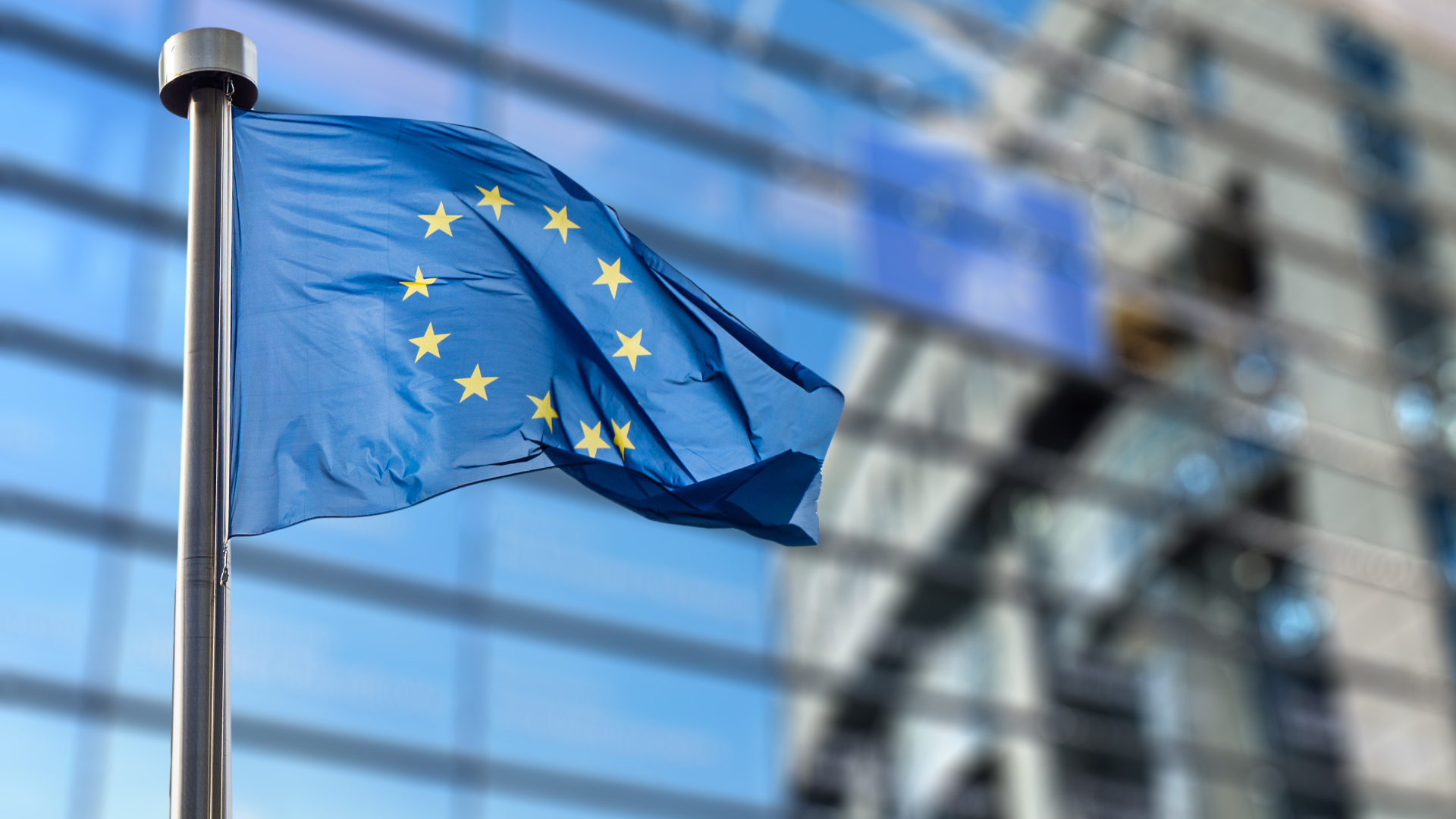
Written by Alessia Palermo, AmbTu Projects Manager
Alessia has been working in the social planning sector since 2020, particularly in international projects funded by the European Union. She graduated in Social Psychology in 2019 and immediately specialized in drafting, coordinating, and developing projects related to promoting well-being and inclusion for recipients with different vulnerable situations.
European project design refers to the set of activities aimed at conceiving, drafting, and presenting projects in response to a call issued within the framework of a European program. The purpose of European design is to include initiatives and ideas developed by entities from different sectors within the financing offered by the European Union. A wide range of activities can be funded, as European programs cover various areas, from technological innovation to volunteering, from social intervention to environmental sustainability. Therefore, the beneficiaries can vary from third-sector non-profit entities to public organizations or startups. In fact, the European Union defines several priorities, such as the environment, innovation, and digitalization, through which it communicates the values it wants to represent and the future vision it seeks for the European community. This guides the design process of the candidate proposals.
To successfully approach European projects, a knowledge “package” is required, consisting of various elements, including a good understanding of the reference sector, knowledge of the guidelines and objectives of different European grants, the ability to collect and organize stimuli and ideas related to the project, and the capacity to establish connections and partnerships. Participating in a funding call also involves knowing how to complete numerous documents required by the funding entity, which will be analyzed and evaluated to determine if the project is worthy of funding. The key competence, therefore, lies in being able to translate one’s ideas into a clear and linear project, detailing all the phases that lead from the current problematic condition to the future ideal condition as a result of the design actions.
What major programs exist and how are they funded?
We can make an essential distinction in the part of the European funds of the Multiannual Financial Framework (MFF) for the period 2021-2027, which is useful for understanding how to approach and access funding. In fact, European funds are divided into two major macro-categories:
- Structural Funds are funds managed at the national or regional level, agreed upon between the European Commission and each member state. Therefore, they are recognized because the project call is issued by the state or a regional entity, which decides the disbursement modalities of the funds and manages their distribution.
- Direct Grants, on the other hand, are funds disbursed directly and centralized by the Directorate-General of the European Commission. This means that the transfer of funds is made without intermediaries to the beneficiary entities, which will then have to apply directly to the EC. Additionally, the selection, award, control, and audit procedures are managed by the EC (or its representation body), not by the originating state of the applying organization.
Therefore, these two macro-categories recognize different objectives and actors. Indirectly managed funds aim to reduce the gap between European regions, allocating resources directly to national agencies; the actors, therefore, will be the government or the region managing the funds and the local entities applying to benefit from specific tenders. Directly managed funds, on the other hand, do not involve intermediaries between the EC and the final user, making them the only actors involved. The objective is for European regions to cooperate, requiring recipient entities to establish partnerships with at least two other organizations present in other European member states. The ultimate goal is to generate a virtuous circle where participants can learn good work practices and innovative techniques through cooperation with other entities in the European territory.
Based on the priorities promoted by the European Union, various programs can be distinguished, such as the Horizon Europe program for research and innovation, the Life program for circular economy, the Erasmus program for education and training, and the InvestEU program for employment.
Remember that AmbTu can assist you in applying for European funding, resolving doubts, and answering your questions.
Register for the next training session on European project design, which will take place on September 29th, at this link!

